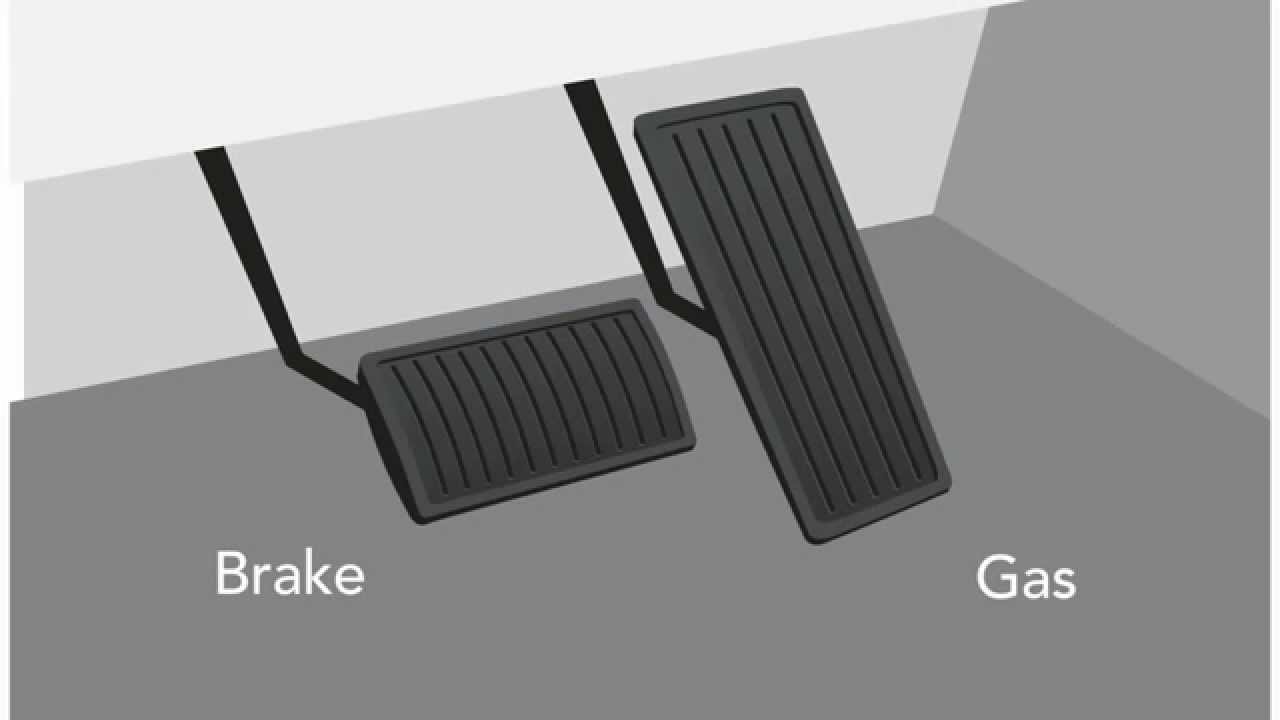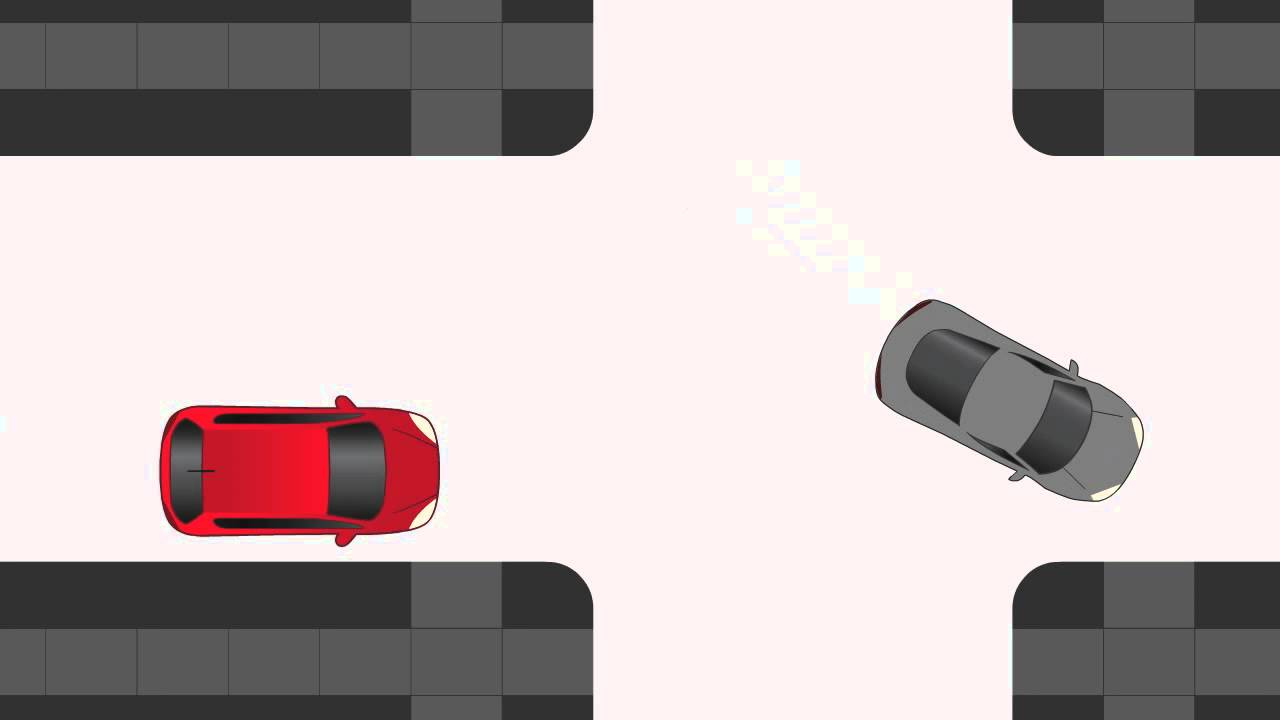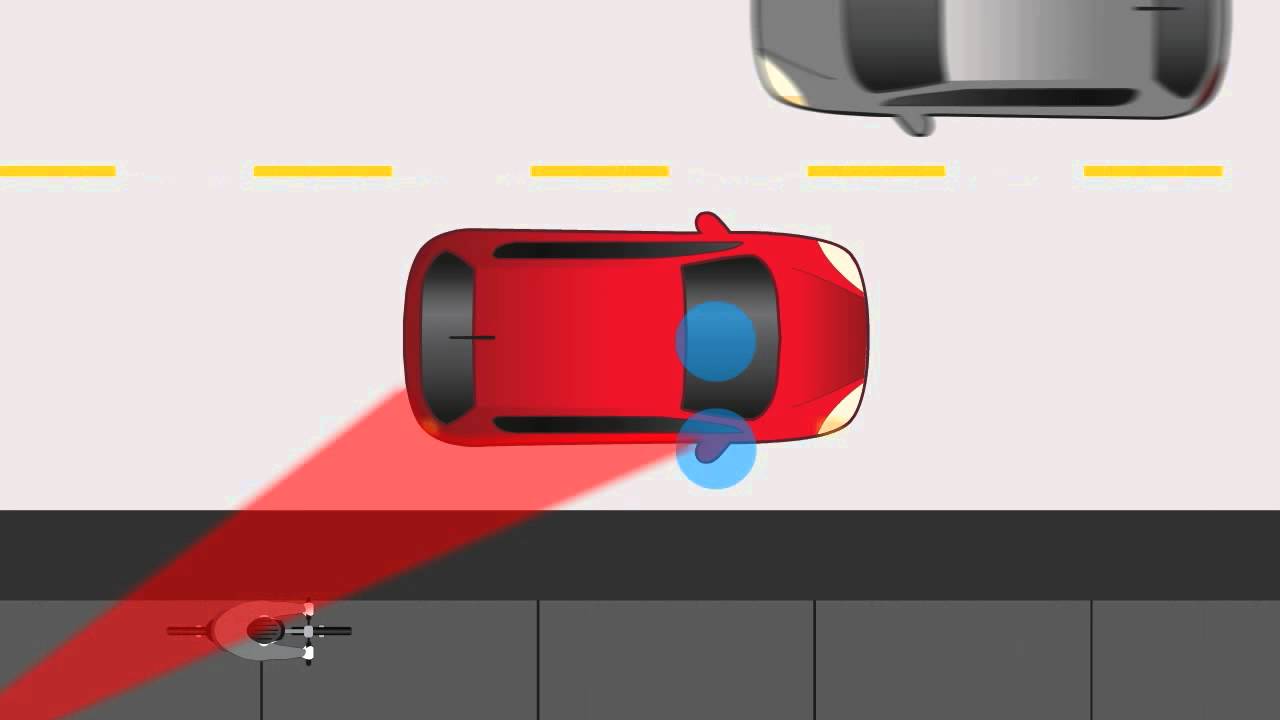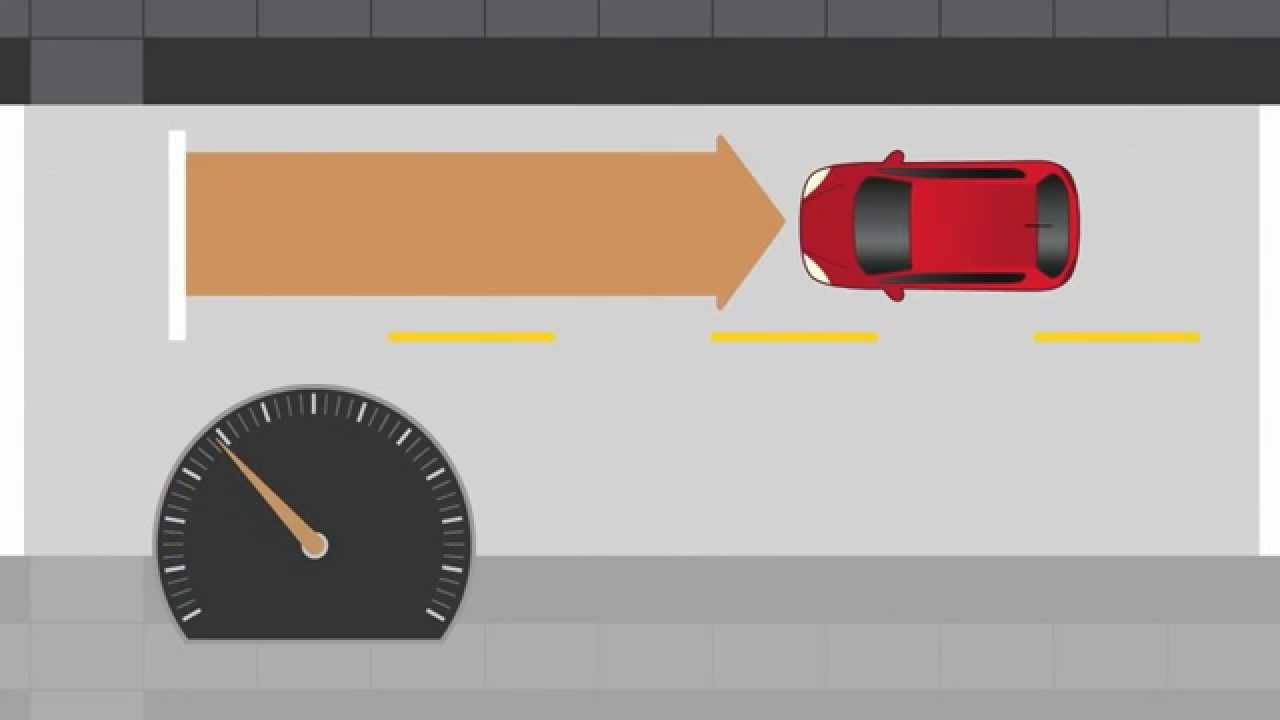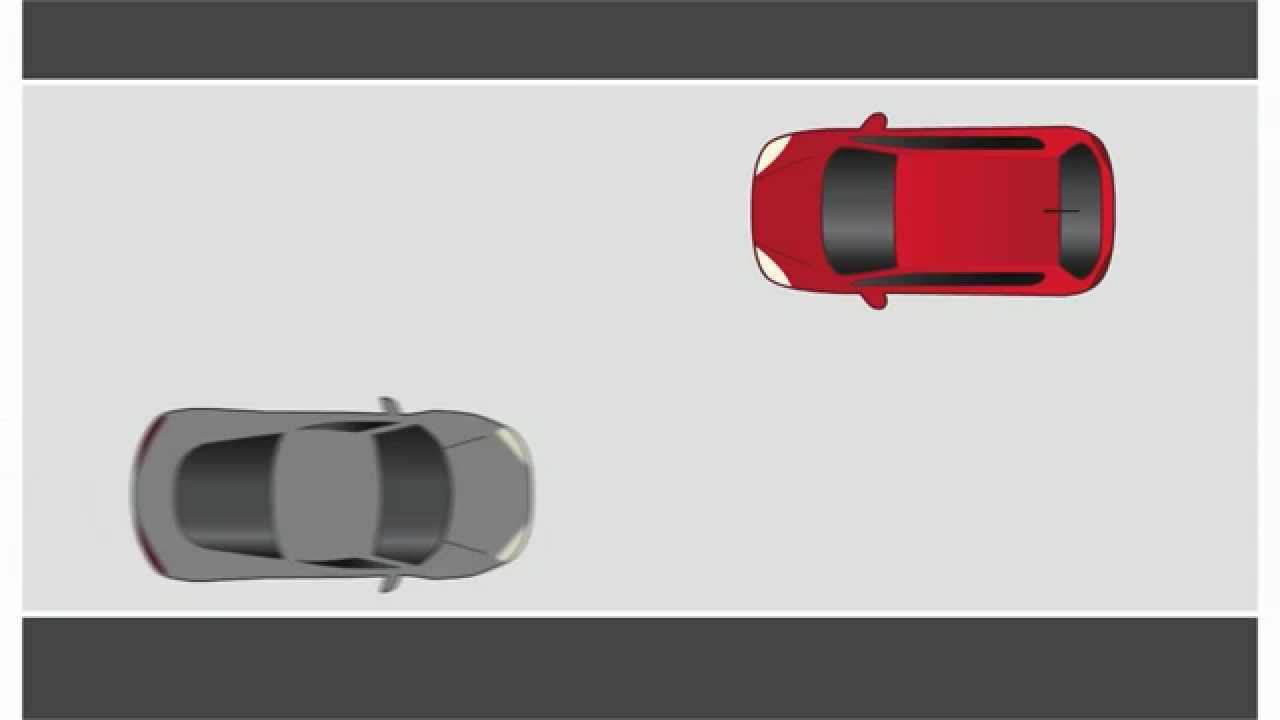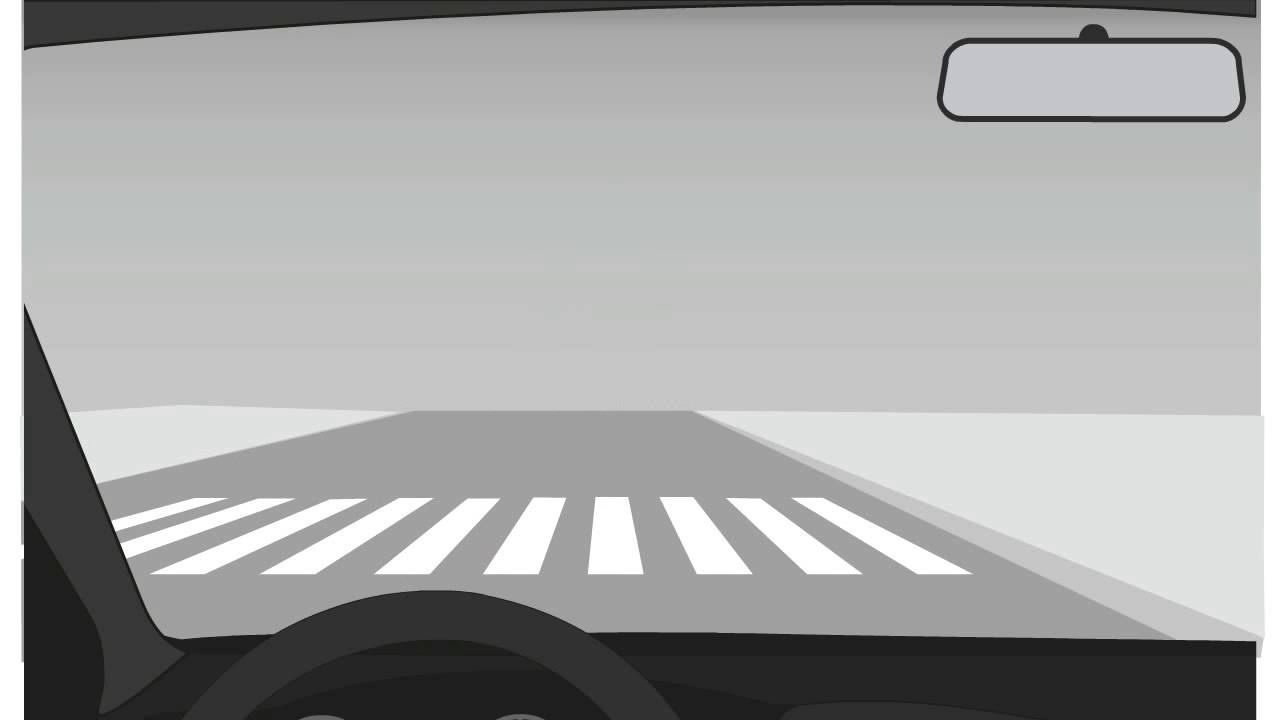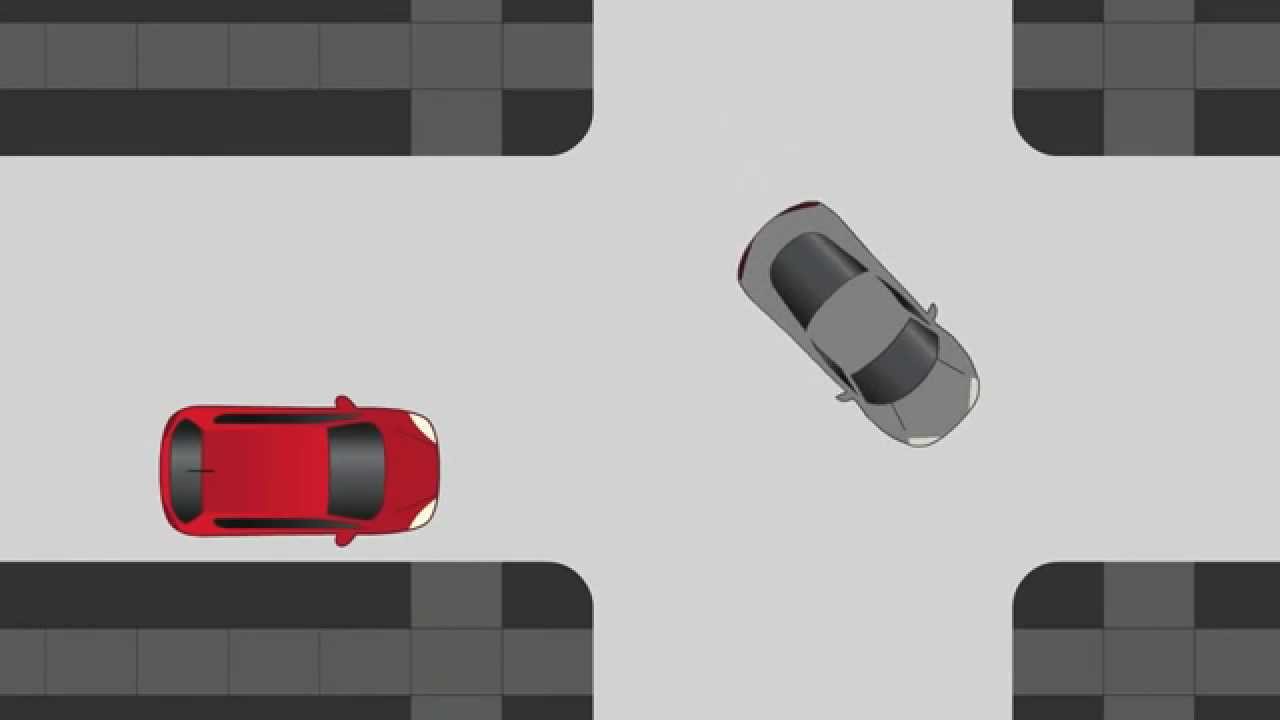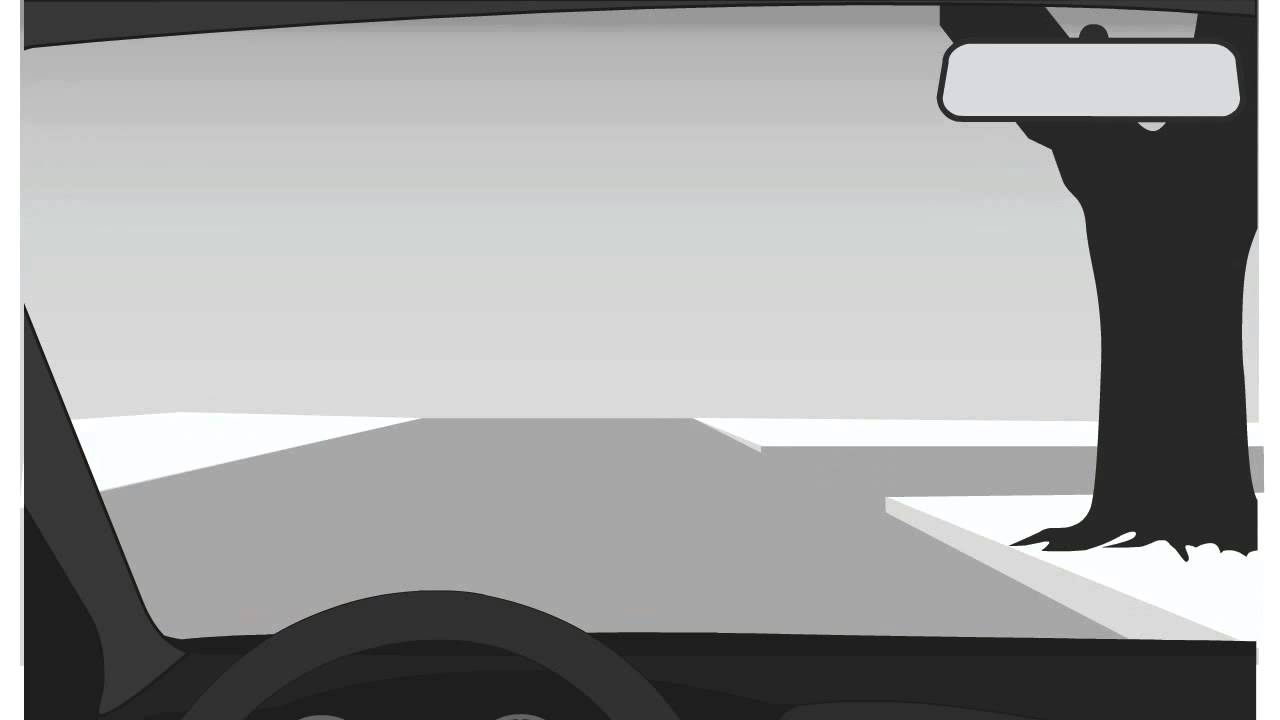Look for a quiet residential neighborhood with very little traffic as well as few parked cars, pedestrians, lane markings, or intersections. Schedule practice driving on the residential street or road during the day with dry pavement and no adverse weather.
When your teen is ready, practice in the next driving environment: Intermediate Roads.
Speed Management
Goal:
Help the new driver control how fast the car should be traveling.
Activity:
Practice maintaining a safe and consistent speed with only glancing at the speedometer.
Common Errors:
- Speed may fluctuate greatly at first
- New driver may fixate on the speedometer
Sign Learner Gets It:
- Maintains an appropriate and steady speed
Uncontrolled Intersections
Goal:
Help the new driver safely manage intersections without traffic lights or stop signs.
Activity:
Prior to practicing, drive your teen through intersections and talk through the steps and what you observe. Then have your new teen driver practice while applying good scanning technique, slowing down prior to the point of no return, obeying the rules of right-of-way, and turning into the legal lane.
Common Errors:
- Failing to scan and observe potential hazards
- Not slowing down prior to the intersections
- Not turning from or to the appropriate lane
Sign Learner Gets It:
- Shows a solid understanding of right-of-way procedures and turns into the appropriate legal lanes
Turning
Goal:
Help the new driver maintain the correct position for the car within a lane during turns.
Activity:
Practice turns in the residential neighborhood while scanning for hazards.
Common Errors:
- Entering a turn too fast
- Over steering or under steering
- Being in the wrong lane or lane position, before or after a turn
- Not knowing the rules of right-of-way or crossing intersections (Please review those lessons prior to performing this activity.)
Sign Learner Gets It:
- Controls vehicle while turning and observes right-of-way procedures
Controlled Intersections
Goal:
Help the new driver safely manage intersections with traffic lights or stop signs.
Activity:
Prior to practicing, drive your teen through intersections and talk through the steps and what you observe. Then have your new teen driver practice while applying good scanning technique, slowing down prior to the point of no return, obeying the traffic signal/sign, and turning into the legal lane.
Common Errors:
- Failing to scan and observe potential hazards
- Not slowing down prior to the intersections
- Not turning from or to the appropriate lane
Sign Learner Gets It:
- Can safely manage intersections and identify potential hazards
Driving Straight
Goal:
Help the new driver maintain the safest position for the car within the lane.
Activity:
Imagine a yellow line running down the center of the road. Instruct your new teen driver to stay in the center of the lane. The lane shifts over when passing a parked car.
Common Errors:
- Driving too close to the curb or center lane
- Swerving back and forth
Sign Learner Gets It:
- Maintains position in the lane
Hazard Detection
Goal:
Help the new driver to anticipate risk and spot dangers approaching.
Activity:
During the orientation drive, parent should point out dangers, hazardous situations and dangerous scenarios that could develop. Then, the new driver practices by commenting on all of the hazards seen. Teen should be particularly alert for other vehicles, pedestrians and children running into the street, and areas with a restricted view.
Common Errors:
- Failing to recognize potential hazard
- Not being prepared to react appropriately to hazards
- Not knowing the appropriate reaction to an anticipated danger
Sign Learner Gets It:
- Recognizes and anticipates hazards well in advance and uses caution around him or her.
Right-of-Way
Goal:
To understand the rules that govern the order of traffic at intersections.
Activity:
Parent first goes over the right-of-way rules for each type of intersection. Then while practice driving, the new teen driver should identify the type of approaching intersection and count the number of stop signs at intersections.
Common Errors:
- Not recognizing the type of intersection
- Assuming that another driver will yield the right-of-way
- Not turning from the appropriate lane
Sign Learner Gets It:
- Is able to identify the right-of-way rules that govern each intersection prior to arrival
Scanning and Hazard Detection
Goal:
Help the new driver start a scanning routine to detect any potential hazard.
Activity:
To orient the new driver to this task, parent drives along the same route and points out potential hazards. Then, the new driver practices scanning and comments on potential hazards encountered in the neighborhood.
Common Errors:
- Not looking before turning the car
- Looking so hard for other vehicles at intersections and not noticing pedestrians. (Remind your teen to look “Left-Right-Left” before crossing.)
Sign Learner Gets It:
- Looks in the direction the car is going and watches for potential hazards
